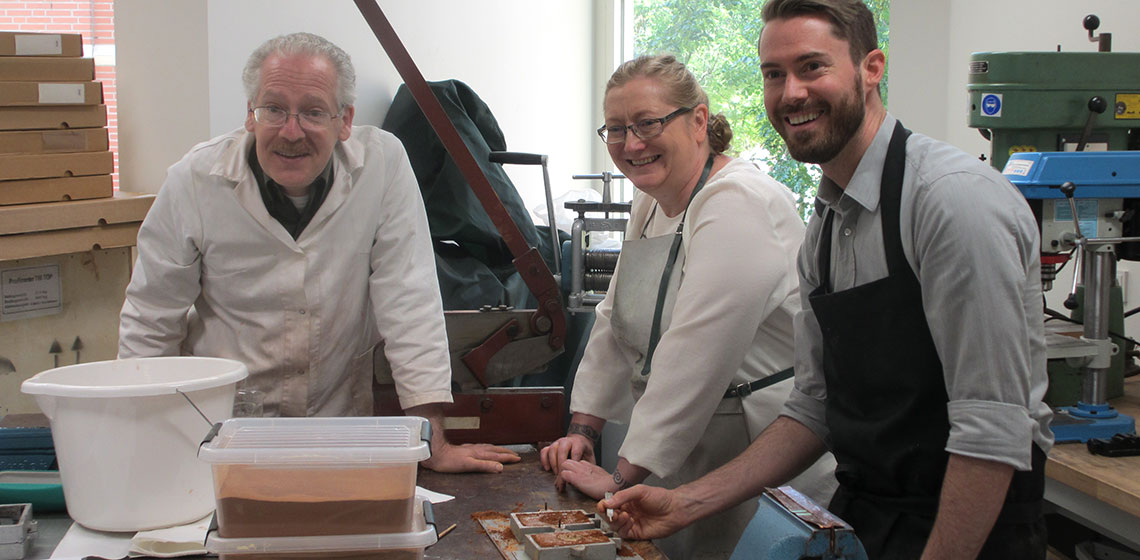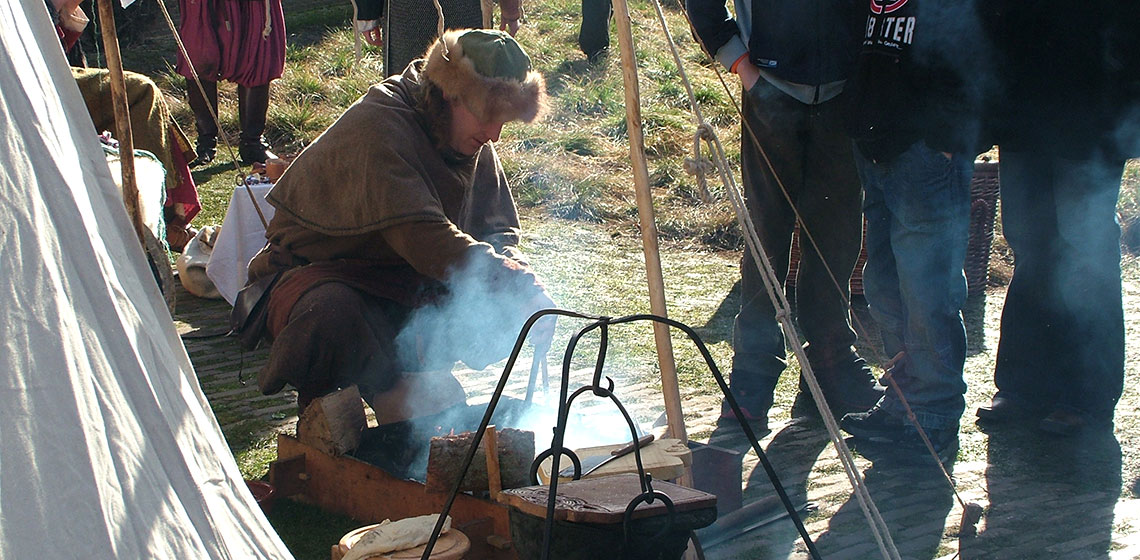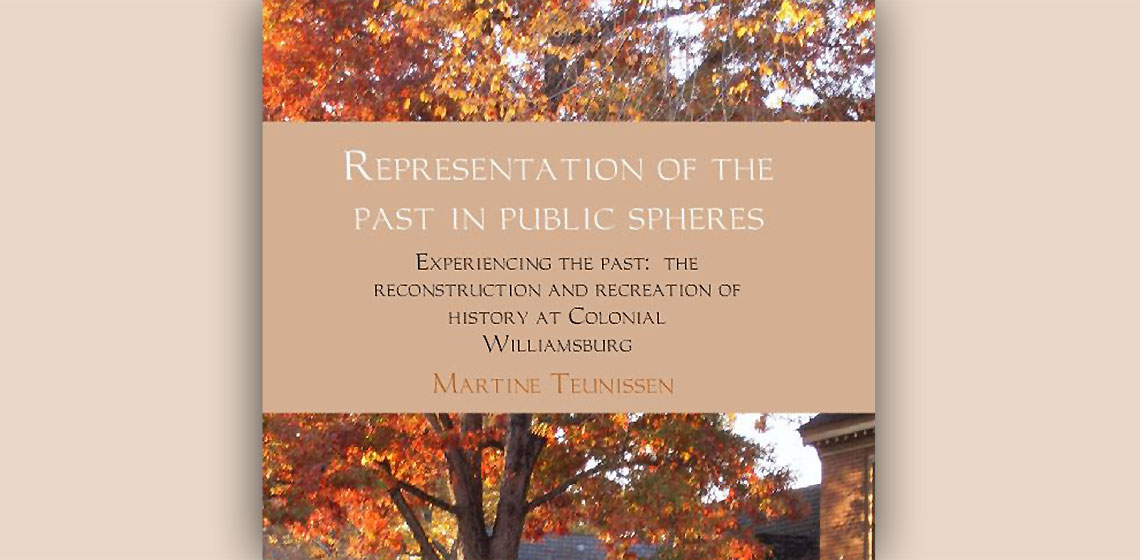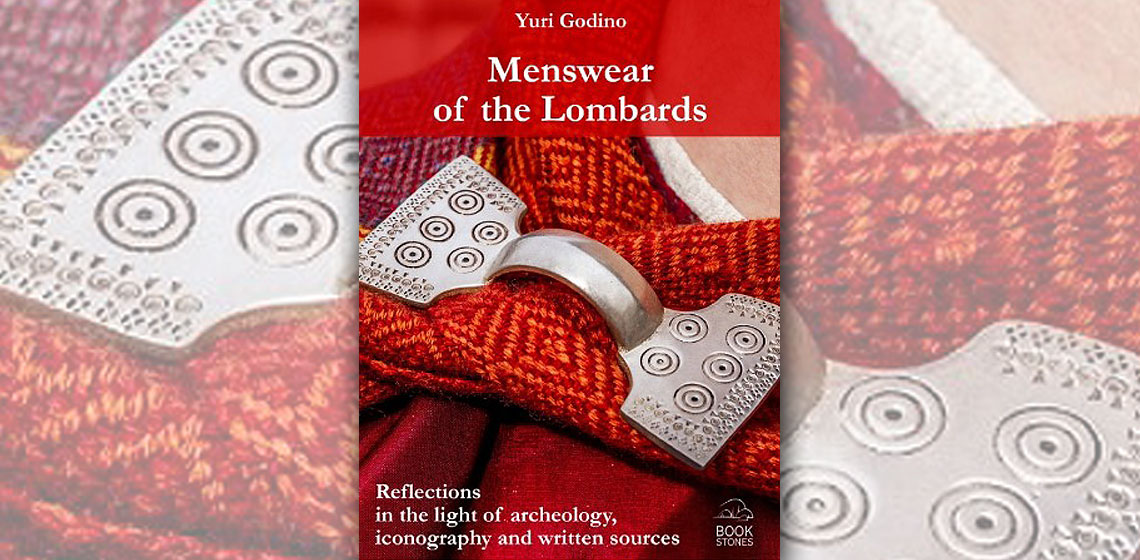living history
Castrum Corcagiensis - Roman Experimental Archaeology in Ireland
Event Review: EXARC visits Moscow
Event Review: Academic Workshop on Re-enactment, Replication & Reconstruction
Book Review: The Arte Militaire. The Application of 17th Century Military Manuals to Conflict Archaeology by Warwick Louth
What to Blame for the Atmosphere Change in Re-enactment Camps? Personal View
Book Review: Representation of the Past in Public Spheres. Experiencing the Past: the Reconstruction and Recreation of History at Colonial Williamsburg by Martine Teunissen
Book Review: The Movement - Comments on the Booklet How to Organize a Historical Event involving Reenactment Groups
What defines re-enactment and living history?
As I believe that a clarification of terms and the contextualisation of matters is a good starting point for any investigation, this question marks the beginning of my guide (Aune Nilsen 2015:6-7). Talking to organisers, museum workers and re-enactors in Scandinavia, I have noted that they all have different answers to this question.
Book Review: Menswear of the Lombards. Reflections in the Light of Archaeology, Iconography and Written Sources
EmeSe Várispánság (HU)
EmeSe (European Medieval Settlement) has as main goal to promote the history and customs of the medieval Árpád-age to the wider audience with the help of professionals (archaeologists, historians, etc.) and experimental archaeology and historical reconstruction.
EmeSe (European Medieval Settlement) has as main goal to promote the history and customs of the medieval Árpád-age to the wider audience with the help of professionals (archaeologists, historians, etc.) and experimental archaeology and historical reconstruction...









